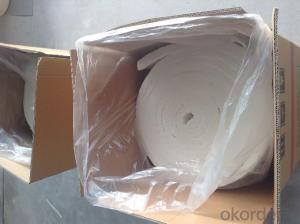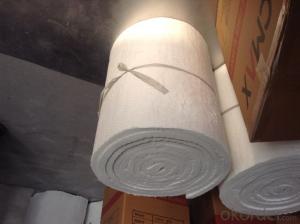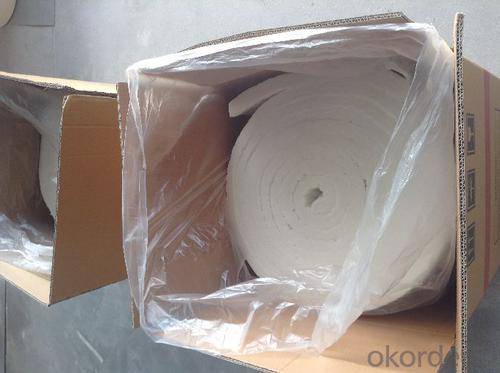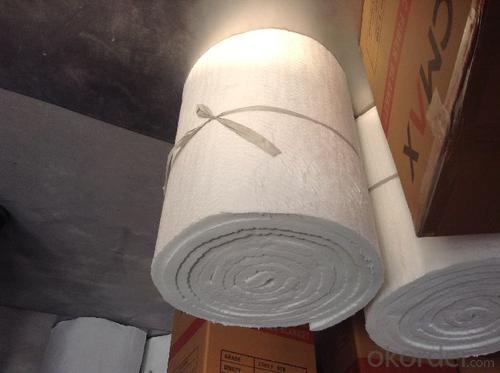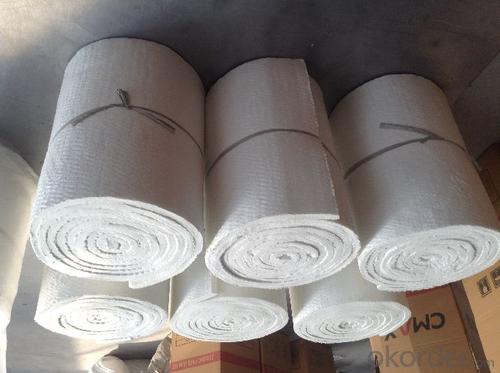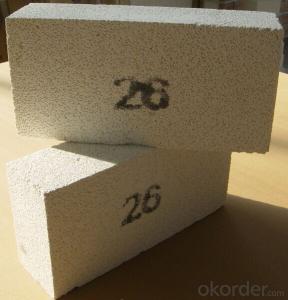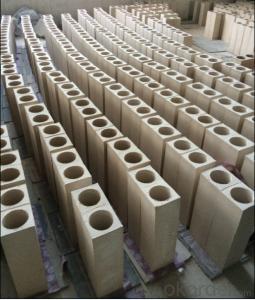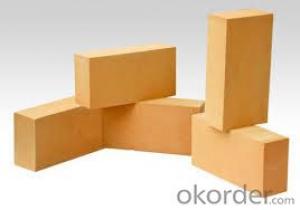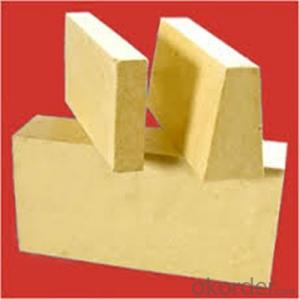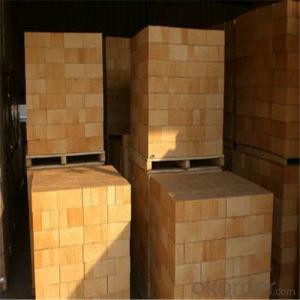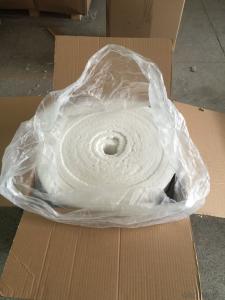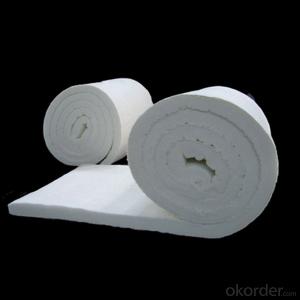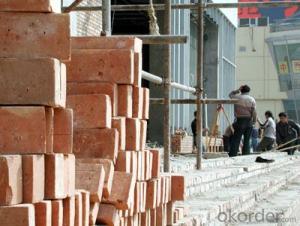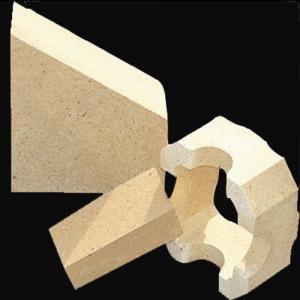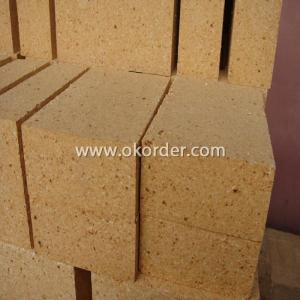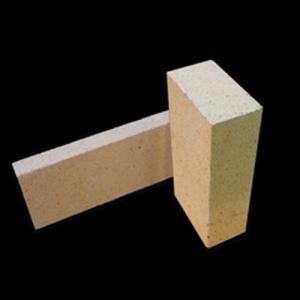Fireclay Brick Ceramic Fiber Blanket Refractory Blanket HP
- Loading Port:
- Qingdao
- Payment Terms:
- TT OR LC
- Min Order Qty:
- 225 roll
- Supply Capability:
- 31500 roll/month
OKorder Service Pledge
OKorder Financial Service
You Might Also Like
General information:
Cmax ceramic fiber blanket is made from high quality gao-ling clay, high purity alumina and silica oxides by spun or blown process. It is asbestos free. No chemical binder is added. Double-size needling provides blanket with great tensile or handling strength for easy installation. Blankets are available in various classified temperature from 1260ºC to 1430ºC.
Cmax ceramic fibre blanket is resistant to most chemicals attack except hydrofluoric phosphoric acid and high pH alkali(na2o or k2o). Its thermal and physical properties can not be affected by oil, steam and water, very good thermal insulating materials.
Advantages:
Heat reflectance
Light weight
Low thermal conductivity
Low heat storage
Flexible
Resilient to thermal stock
High tensile strength
Corrosion resistance
Easy to install
Asbestos free
Application:
Petrochemical process heater refractory fiber lining
Heat treating furnace or intermittent (shuttle) kiln hot face lining
General furnace backup insulation
Heat seals for kiln car or furnace door
Electrical insulator
High temperature acoustic
Fire protection
Non-standard sizes are available upon request.
This information, subject to change, is offered solely for your consideration. Users of our products should make their own tests to determine the suitability of each product for their particular purposes.
| TECHNIQUE DATA | |||||||
| STD | HP | HA | HZ | ||||
| CLASSIFICATION TEMPERATURE(C) | 1260 | 1260 | 1350 | 1450 | |||
| WORKING TEMPERATURE(C) | 1000 | 1050 | 1200 | 1350 | |||
| COLOR | WHITE | WHITE | WHITE | WHITE | |||
| BULK DENSITY(kg/m 3 ) | 96/128 | 96/128 | 96/128 | 96/129 | |||
| THERMAL SHRINKAGE 24HRS (Density 128kg/m 3 ) | ≤ 3 | ≤ 3 | ≤ 3.5 | ≤ 3.5 | |||
| THERMAL CONDUCTIVITY(W/m. k) (Density 128kg/m3 ) | |||||||
| 800C | 0.15 | 0.176 | 0.160 | 0.155 | |||
| 1000C | 0.170 | 0.220 | 0.180 | 0.230 | |||
| 1200C | - | - | 0.260 | 0.31 | |||
| CHEMICAL COMPOSITION(%) | |||||||
| Al2O3 | 45-46 | 45-46 | 53-55 | 38-54 | |||
| SiO2+Al2O3 | 98.5 | 99 | 99 | 82-90 | |||
| ZrO2 | - | - | - | 13-18 | |||
| Fe2O3 | ≤ 0.4 | ≤ 0.3 | ≤ 0.3 | ≤ 0.3 | |||
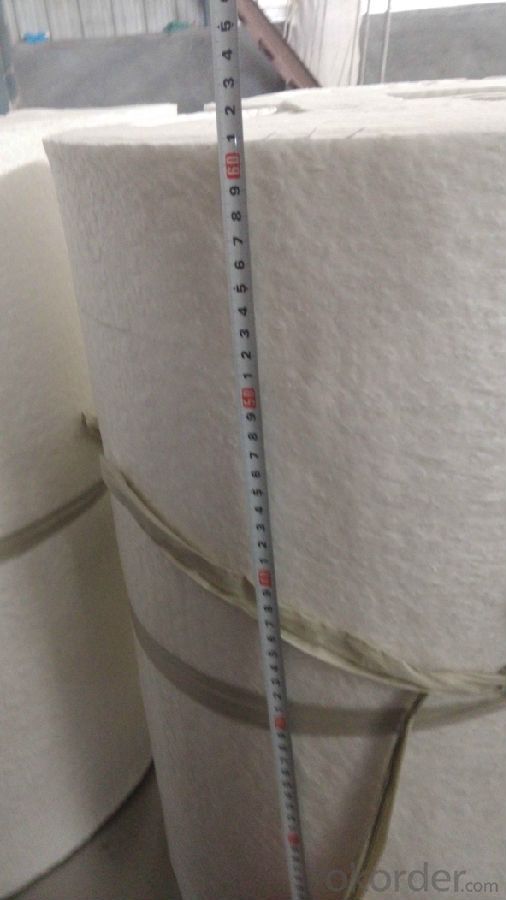
- Q: How can refractory bricks be punched?
- Use percussion drilling to hit
- Q: How to repair the boiler?
- use refractory bricks and plastic refractory
- Q: How aluminium oxide becomes a entity from the the form of powder (such as a ball, a stone, or a refractory brick)?
- Just like the process of making steamed bun from flour. Ball milling ---in the auxiliary material to make the slurry --- suppress the body --- high temperature calcination
- Q: What is the sintering of non clay bricks?
- Unfired bricks are bricks used to build walls relative to sintered bricks.
- Q: should clay or refractory cement be used to lay refractory bricks?
- structure strength of this brick lining is not good, apply some refractory mud, only use some virgin clay and corundum, many of the traditional approaches are very simple, mullite and carbon slurry, the specific products are selected according to the selected material and water glass or organic binder. binding agent can choose phosphate, silica and high alumina, clay is one part of the refractory clay, there are many kinds of refractory slurry according to the material, clay-based mud does use refractory cement and corrosion resistance is low
- Q: th choose of different refractory bricks in the rotary?kiln
- According to the characteristics of each belt, magnesium chromium brick. Take the most kiln foe example, the configuration of kiln refractory is not the same, the burning of the product is not the same. there are many kinds of rotary kiln. magnesia bricks are generally used in high temperature zone, anti-stripping alumina brick,silmo brick are used in temperate zone, clay brick is mainly used in low temperature zone. generally inlet and the outlet use corundum mullite, wear-resistant castable, spinel brick,etc. select brick of proper performance, but also take into account the economy
- Q: Do refractory bricks insulate heat?
- It can not be generalized, generally, the insulation performance of clay is not good, but the hollow is good, such as light mullite bricks have good insulation. it depends on what kind of refractory brick
- Q: What's the difference between fired clay bricks and sintered porous bricks?
- Fired clay brick is a common brick made of clay as the main raw material. It is divided into five strength grades MU30, MU25, MU20, MU15 and MU10 according to the compressive strength. Strength, resistance to weathering of radioactive material and qualified brick, according to the size deviation, appearance quality, efflorescence and lime burst divided into high-class product (A), Al (B), (C) three qualified product quality grade. Excellent products for drywall and wall decoration, wall can be used for mixing first-class products, qualified products. Medium frosted bricks should not be used for damp parts. The shape of the brick is right angled hexahedron, its nominal size is: 240MM long, 115MM wide and 53MM high. The product mark of brick is written according to the product name, category, intensity grade, quality grade and standard number.
- Q: What type of refractory brick won't deform or crackbe for a long time in the temprature of about 1600 degrees?
- 1. , mullite poly light ball brick type, andalusite brick type: MJ-1600 MJ-1700 the temperature is higher than 1600 C. 3, the refractory bricks that won't deform or crack in the 1600 degrees Celsius for a long time includs the following several commonly used bricks: GMZ-80 GMZ-75 the temperature is higher than 1650 DEG C, 2, corundum mullite brick type
- Q: Why are clay bricks used when buildings are below zero? Frost heaving, water absorption, or something?
- The following buildings plus or minus zero use of clay bricks is used because the clay brick has good water absorption, can make the capillary water in the soil up to the clay brick, clay brick is absorbed, so as to prevent the capillary water rising effect
Send your message to us
Fireclay Brick Ceramic Fiber Blanket Refractory Blanket HP
- Loading Port:
- Qingdao
- Payment Terms:
- TT OR LC
- Min Order Qty:
- 225 roll
- Supply Capability:
- 31500 roll/month
OKorder Service Pledge
OKorder Financial Service
Similar products
Hot products
Hot Searches
Related keywords
